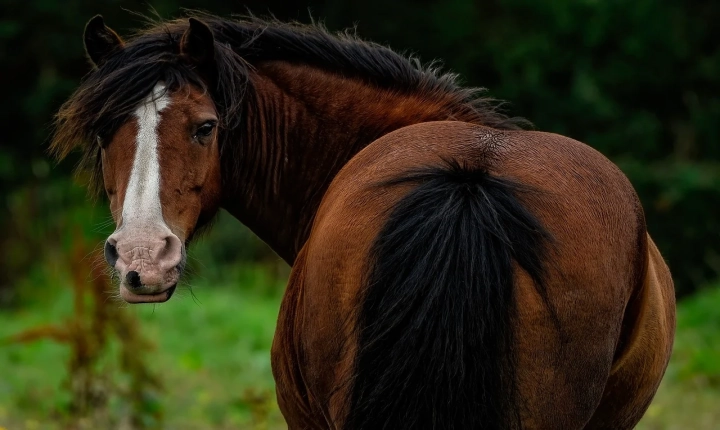Title: Are AI Images Unique? Exploring the Authenticity of AI-Generated Visual Content
In the digital age, the proliferation of artificial intelligence (AI) technologies has dramatically transformed the way visual content is created, shared, and consumed. With the rise of AI-powered image generation tools, questions have emerged regarding the unique nature of AI-generated images. Are these visuals truly unique, or do they merely replicate existing content? This article seeks to explore the authenticity of AI-generated visual content and understand the implications of its uniqueness.
AI-generated images are created using advanced algorithms that analyze and synthesize data to produce visual representations. These images can range from realistic portraits and landscapes to abstract art and conceptual designs. Proponents of AI-generated images argue that the technology has the potential to produce truly unique visuals that human artists may not conceive. However, skeptics question the authenticity of AI-generated images, arguing that they are ultimately derivative of existing visual data.
One of the main factors influencing the uniqueness of AI-generated images is the training data used to develop the algorithms. AI models learn from vast datasets of images, which can include photographs, paintings, and digital artwork. The diversity and quality of the training data can significantly impact the originality of the AI-generated visuals. If the training data is limited or biased, the AI may produce images that resemble or replicate the same patterns and motifs, potentially leading to a lack of uniqueness.
Furthermore, the process of generating AI images involves a combination of learned patterns and creative interpretation by the algorithm. While AI models can leverage learned features to create visually compelling images, the ability to generate truly unique and original content remains a subject of debate. Critics argue that AI-generated images lack the genuine creativity and emotional depth inherent in human-generated artwork, raising questions about the authenticity of their uniqueness.
Another aspect to consider is the potential for AI-generated images to infringe upon copyright and intellectual property rights. If an AI-generated image closely resembles an existing artwork or photograph, it may raise legal and ethical concerns regarding its originality and ownership. Additionally, the widespread availability of AI image generation tools has led to the proliferation of visually similar content, which further complicates the assessment of uniqueness in AI-generated images.
Despite these challenges, proponents of AI-generated images emphasize the potential for AI to push the boundaries of visual creativity and innovation. By leveraging machine learning and generative algorithms, AI has the capacity to explore unique artistic styles, experiment with unconventional visual concepts, and inspire new forms of creativity. Moreover, as AI technology continues to evolve, developers and artists are exploring ways to enhance the originality and distinctiveness of AI-generated visuals.
In conclusion, the question of whether AI images are truly unique is complex and multifaceted. While AI-generated images have the potential to be unique and innovative, their authenticity and originality are influenced by factors such as training data, creative interpretation, and ethical considerations. As AI technologies continue to advance, it is essential to critically evaluate the uniqueness of AI-generated images and consider their implications for the artistic community, intellectual property rights, and the future of visual content creation. Ultimately, the exploration of AI-generated images should be guided by a thoughtful consideration of their potential to inspire, challenge, and contribute to the evolving landscape of visual art and digital innovation.
